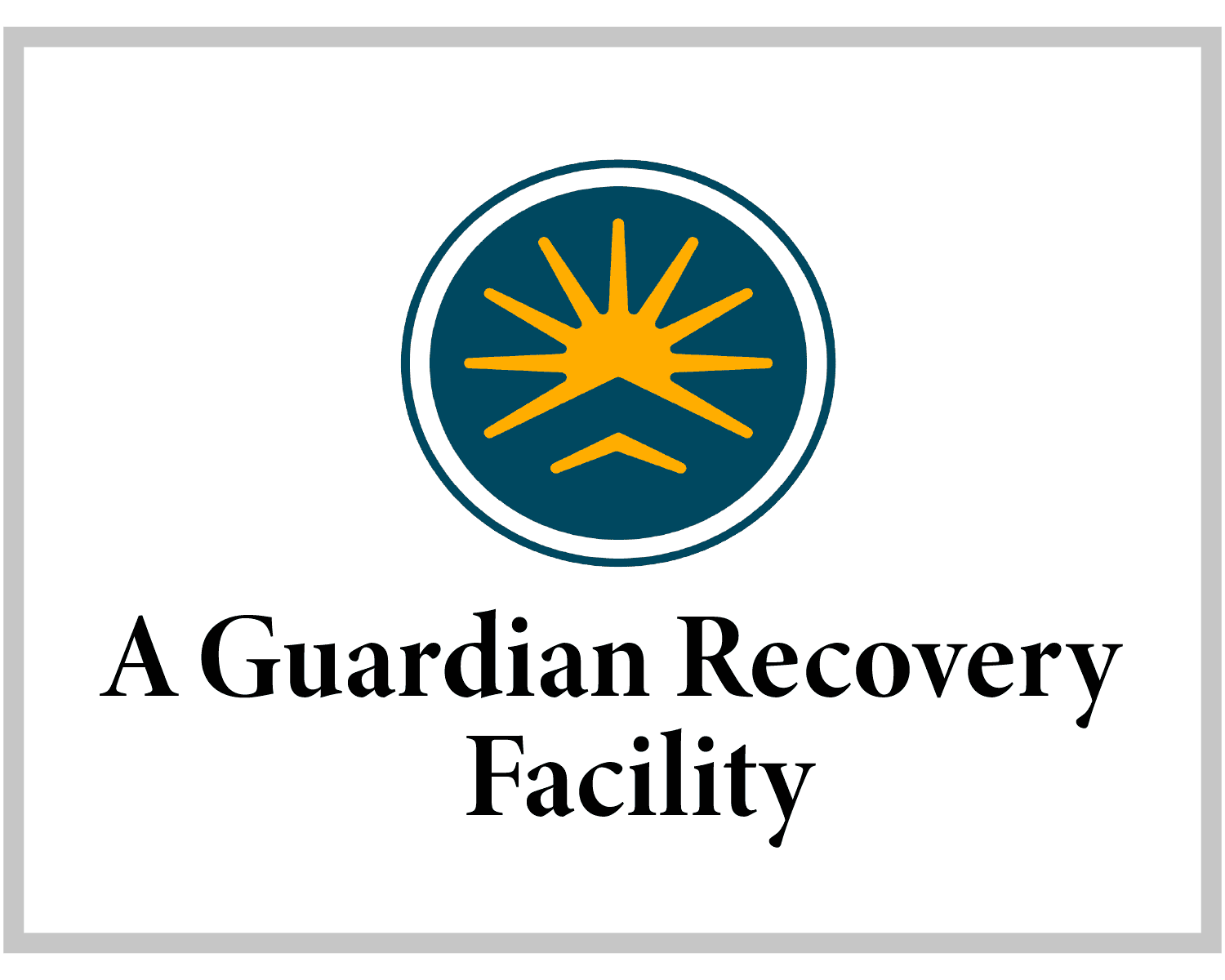Prescription drug use has had a profound effect on the United States, and its impact on the economy is no exception. Between 1999 and 2015, 4.1 million people were out of the workforce due to opioid addiction, according to a new study.
“It’s a pretty big drag on the U.S. economy,” said Ben Gitis, director of labor market policy at the American Action Forum, a Washington, D.C.-based, center-right think tank.
The American Action Forum (AAF) study found that the productivity loss of employees ages 25 to 54–prime earning years–cost the United States a whopping $702.1 billion over the 16-year period, or a little less than $44 billion each year. The number of people not working due to opioid dependency has grown every year since 1999, with nearly 1 million people absent in 2015 alone.
The study builds upon research conducted by Princeton University economist Alan Krueger, who found that the increase in painkiller prescriptions may have caused a 20% decline in workforce participation among men and 25% among women. What’s more, there is a correlation between parts of the country with the highest rates of opioid prescriptions and significant declines in the workforce participation: places like Appalachia, Maine, Michigan and pockets in the West.
According to the AAF study, the loss of work hours slowed the economic growth rate by 0.2% over the 16-year period, and the average growth rate was 2% during that same time frame. Gitis combined national data from 1999 to 2015 and Krueger’s findings to deduce that if not for the opioid epidemic, the growth rate would have been 2.2%.
The opioid epidemic was declared a public health emergency and is undeniably a major health issue, but this study clearly demonstrates that it also has detrimental effects on the economy. Although the opioid epidemic was declared a public health emergency last year, limited financial resources have been made available to address the crisis, according to the AAF.
Congress has made significant advances in enacting legislation to combat the opioid epidemic in the long-term, but the AAF’s findings call for a more immediate response. Opioid abuse continues to climb, which inevitably presents complicated socioeconomic issues for the United States. Now more than ever, it’s imperative that treatment addresses the underlying behavioral health issues that lead to abuse and addiction and sustain the epidemic.
Contact a Guardian IOP Treatment Advisor for more information about our outpatient treatment programs and how we can connect you with the resources you or someone you love needs to recover from addiction to opioids once and for all.

Reviewed for accuracy by:
Anna Marie Barrett LCSW, CYT
Anna earned her Masters of Social Work at Barry University in Miami, FL in 2017 and completed her internship in co-occurring disorders. Anna has a Bachelors of Art in Religious Studies from Naropa University and is a certified yoga and meditation instructor. Anna has received specialized training in somatic counseling with an emphasis on body-centered psychotherapy.




















